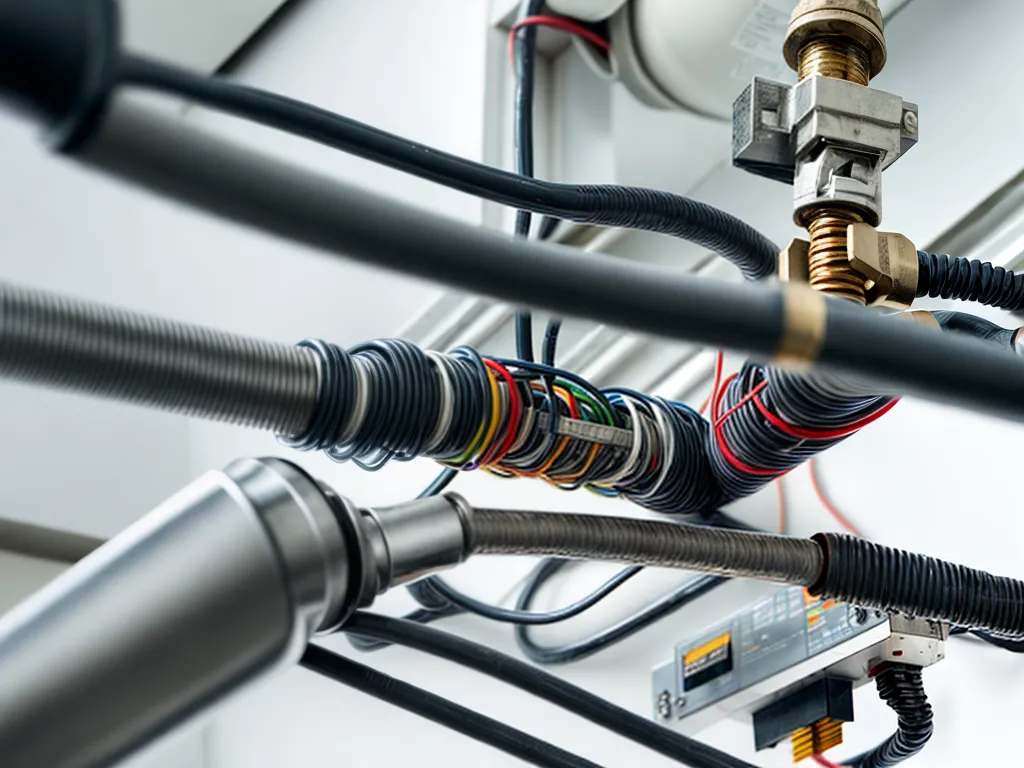
Upgrading the electrical system in a commercial building can be an expensive endeavor, but there are ways to reduce costs without compromising safety. As the property owner, I need to balance my budget with ensuring my building meets all electrical codes and provides reliable power to tenants. Here are some tips I can use to cut costs on commercial electrical upgrades responsibly.
Research Energy Efficient Equipment
Energy efficient electrical equipment may have a higher upfront cost but can provide significant long-term savings on utility bills. Lighting is one area I can focus on. Replacing outdated fluorescent tubes with LED fixtures consumes much less electricity. I can also install occupancy sensors that automatically turn lights on and off based on room usage.
For HVAC systems, upgrading to variable frequency drives allows fans and pumps to adjust speeds based on demand instead of running at 100% all the time. Similarly, installing premium efficiency motors will save on energy expenditures over the years.
Key Takeaway
Investing in energy efficient electrical equipment generates long-term savings that outweigh initial costs. Prioritizing items with the fastest payback periods helps control upgrade budgets.
Take Advantage of Rebates and Incentives
Many utility companies and local governments offer attractive rebates, tax incentives, and loan programs to encourage energy efficient electrical upgrades in commercial buildings. I need to fully research available options to offset installation costs.
For example, my utility may provide a rebate of $0.30/Watt reduced if I install LED lighting. My state may offer a tax credit equal to 30% of the cost of upgrading to premium efficiency motors. Local banks may offer low-interest loans to finance renewable energy projects.
Key Takeaway
Utilizing all available rebates, incentives, and financing tools is crucial to making electrical upgrades economical. These can cover 25-75% of project costs.
Phase Upgrades Over Time
I do not need to upgrade my entire electrical system at once. Phasing upgrades over several years allows me to spread out expenses. I can focus first on changes with the best return on investment and shortest payback period.
For example, I may upgrade all T12 fluorescent lighting to LEDs in year one since it provides immediate energy savings. In year two, I could update my HVAC pumps and motors. The third year might involve installing solar panels or a combined heat and power system.
Key Takeaway
Phasing upgrades over multiple years makes the costs more manageable. I can complete higher priority energy saving measures first.
Work With Qualified Electrical Contractors
Hiring experienced electrical contractors to design and install upgrades ensures the work meets required safety standards and codes. They can suggest cost-effective materials and equipment to save on labor and wiring expenses.
I’ll ask contractors to provide multiple bids so I can select the best value. Checking references helps verify they have safely completed similar commercial projects on time and on budget.
Key Takeaway
Partnering with qualified, cost-conscious contractors reduces safety risks and project costs. Their expertise pays off during installation and operation.
Conclusion
Upgrading commercial electrical systems involves large investments, but I can reduce costs through energy efficient equipment, incentives, phasing, and qualified contractors without sacrificing safety and reliability. The long-term savings ultimately outweigh the initial expense.